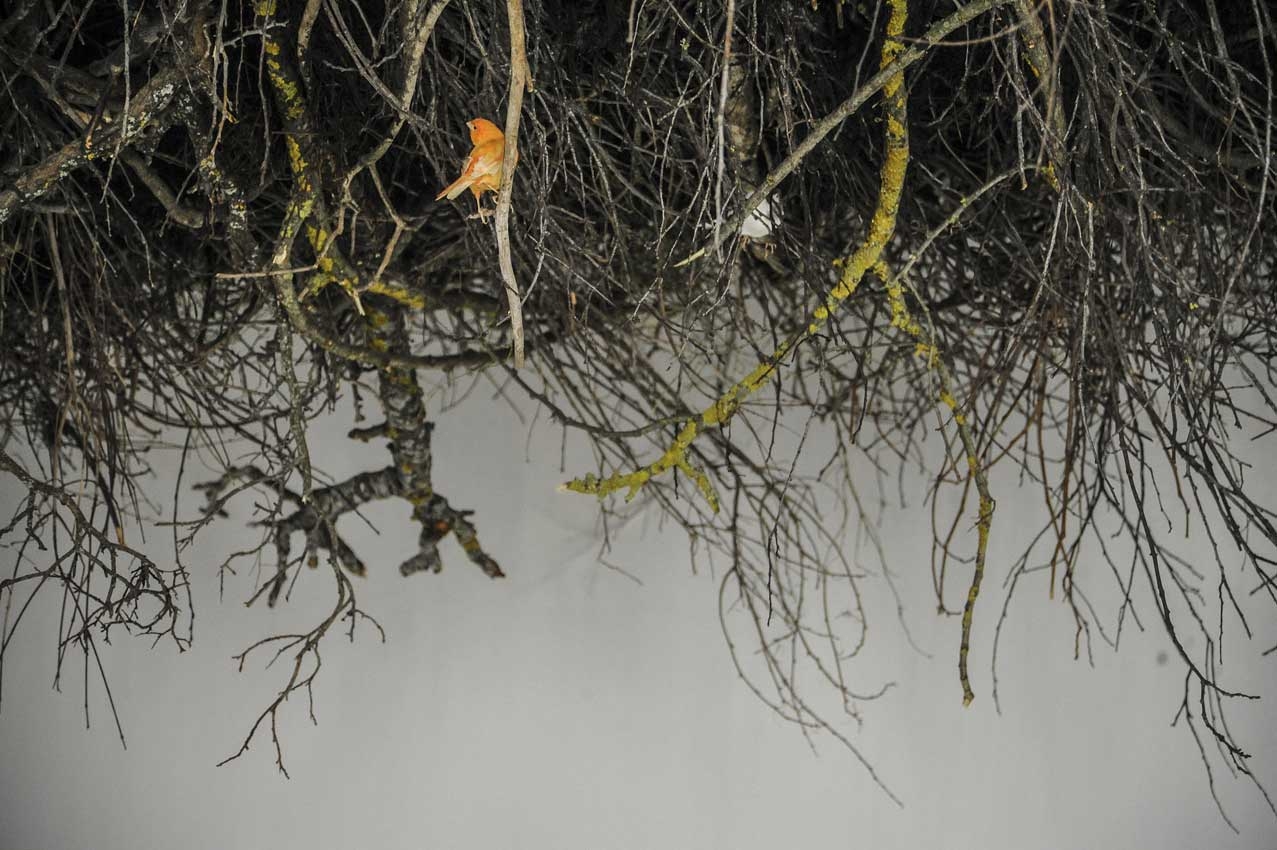Anne Tyng (1920–2011) was obsessed with geometry. Throughout her professional life as an architect and theoretician she attempted to find ways to inhabit it. Not only did she design and build the first habitable space-frame construction, she also influenced and possibly coauthored some of the most exquisite geometric spaces of twentieth-century architecture. As a collaborator and lover of Louis Kahn, she made a distinct mark on buildings signed by him, for example the outstanding Yale University Art Gallery (1953). Together they authored the visionary City Tower (1952–7), a space-frame high-rise designed for Philadelphia but never realised. Her widely exhibited and published Urban Hierarchy (1969–71) is a utopian urban plan using the mathematical Fibonacci sequence as a generative principle.
I was reminded of Tyng’s story when I recently stumbled upon the catalogue Anne Tyng: Inhabiting Geometry (2011), published on the occasion of an exhibition of her work at the ica in Philadelphia and the Graham Foundation in Chicago. The first time I learned about her was in Nathaniel Kahn’s film My Architect (2003), which deals with the life and work of Louis Kahn. The film is an illegitimate son’s portrait of his complex father, who had at least one more child out of wedlock, a daughter by Tyng. Kahn’s unwillingness to credit Tyng in his work led to their splitting up, after which her elaborations on geometry expanded to both practical and theoretical explorations of ‘dynamic symmetry’ and the biological roots of manmade forms. Around the same time as Robert Smithson researched crystalline structures, she delved into spirals, organic and nonorganic modes of growth. In many ways Tyng, who was praised by Buckminster Fuller, also anticipated computer-generated architecture, even prior to her taking computer courses in early programming languages in 1967.
The contemporary relevance of Tyng’s merger of Plato’s static geometry and architect and sculptor Frederick Kiesler’s experiments with endless space came back to me shortly after I had encountered the catalogue, in Petrit Halilaj’s installation at the Venice Biennale. As the first artist to represent Kosovo in Venice, he conceived of a curved, bloblike space constructed out of intertwined twigs and mud. Upon entering this cavernous structure, you could peek through two small holes into a brightly lit white-cube space where a giant yellow dress was hanging on the wall and two canaries were dwelling. This was not the first time Halilaj’s spaces have been inhabited. At Kunst-Werke during the Berlin Biennale 2010, for example, hens lived on the ground floor, as part of his installation with a suspended rough wooden structure looking like a geometric but impossible frame for a cottage.
Then Tyng returned again, a few weeks later, this time in Pristina. Across the park from the small but impressive Kosovo National Art Gallery (the commissioning body for the Kosovo Pavilion in Venice), in the very centre of the city, sits a big building made up of a cluster of different-sized cubic spaces with small geodesic domes cut in half on top. Covered with a pre-Herzog & de Meuron metal lattice, the building looks like an archaic and yet futuristic vehicle for expeditions into the unknown. It is the National Library, designed in 1982 by Andrija MutnjakoviÁ, who wanted to refer both to Byzantine and Ottoman architec-tural traditions. Quite unlike anything else I have seen, it employs a form of eccentric geometry, moulding a mannerist modernity.
Tyng’s way of achieving a related geometry in transformation was to frequently use gnomons: the geometric figure that remains after a parallelogram has been cut out from a larger parallelogram. By adding them to each other, she created a dynamic system out of a seemingly static structure. I like to think that Anne Tyng would have enjoyed both Petrit Halilaj’s installation in Venice and the National Library in Pristina. Both of them are setting gnomons in motion, in their own way, allowing for eccentric but deeply meaningful developments.
This article was first published in the October 2013 issue.
